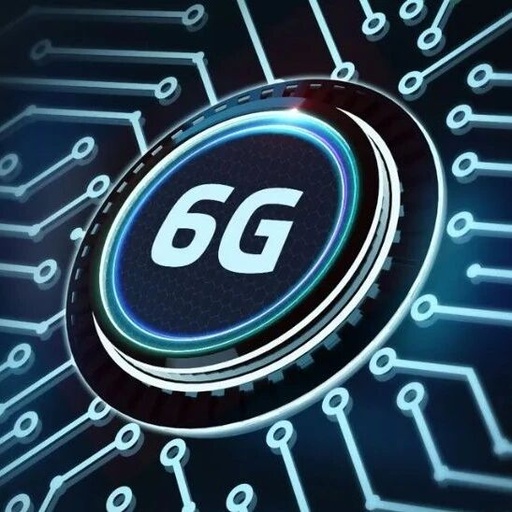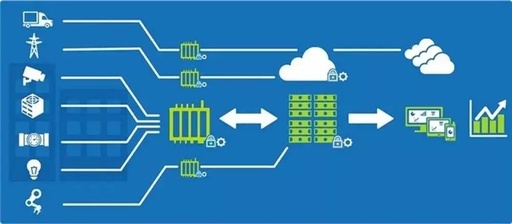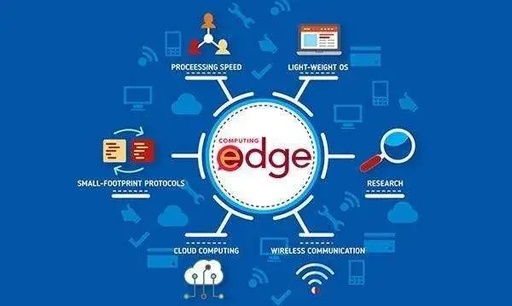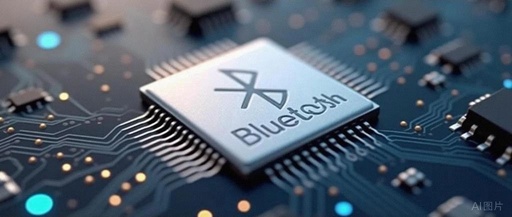Achieving Faster Performance in Quantitative Trading
Previous Articles How Quantitative Models Connect to Real Trading Interfaces The Truth About Free Level-2 (L2) Depth Data in Quantitative Trading The Only Free Compliant Real Trading Quantitative Trading API in China – miniQMT Click the blue text · to follow us Focusing on research in the quantitative trading industry, sharing trading technologies and industry … Read more









